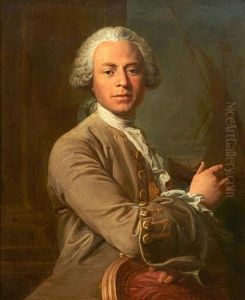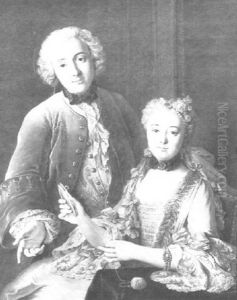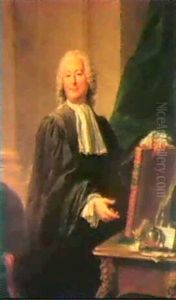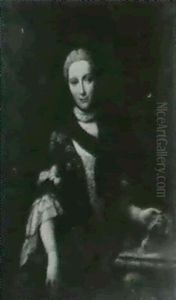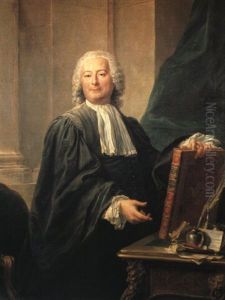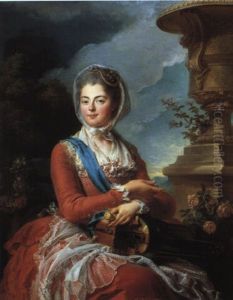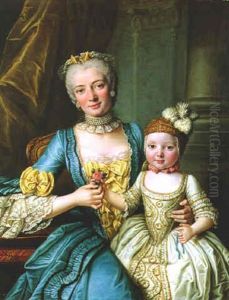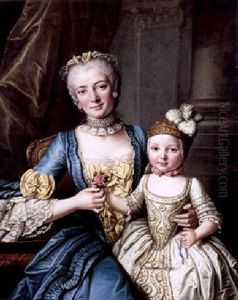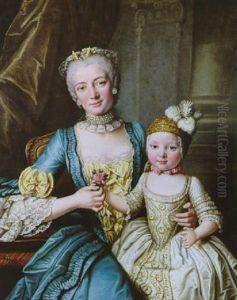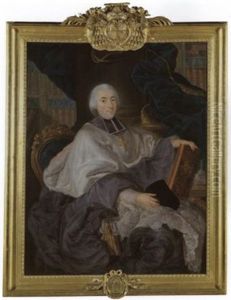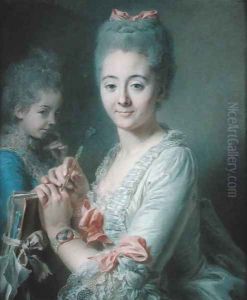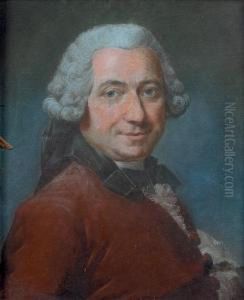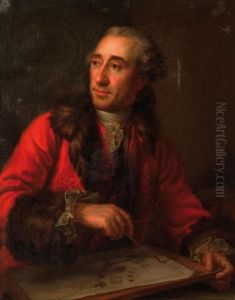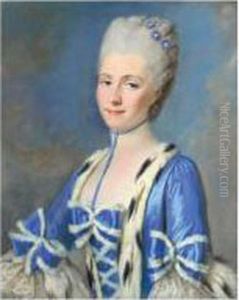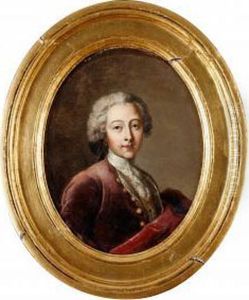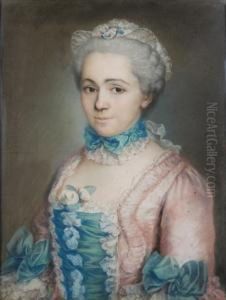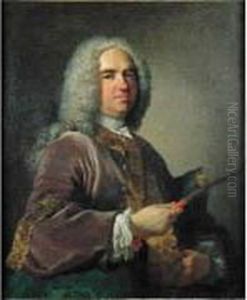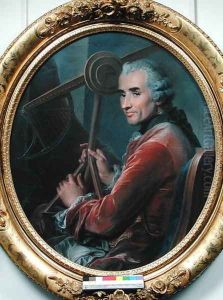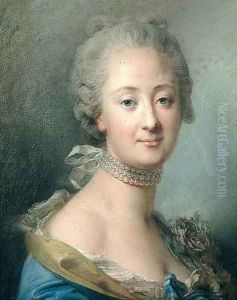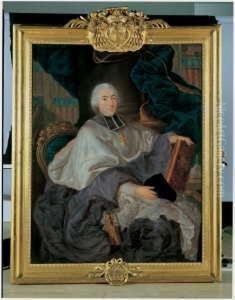Jean Valade Paintings
Jean Valade was a French painter and pastelist, born in 1710 in Poitiers, France. He is best known for his portraits, which demonstrate a remarkable ability to capture the personality and elegance of his subjects. Valade's work reflects the Rococo style, which was prevalent during his lifetime, characterized by lightness, grace, and an emphasis on portraying the leisurely activities of the upper classes.
Valade received his initial training from his father, who was also an artist, before moving to Paris to further his education. In Paris, he became a student of Jean-Baptiste van Loo, a prominent portrait painter of the time. This mentorship was crucial in developing Valade's skills and style. In 1739, he was admitted to the Royal Academy of Painting and Sculpture, an acknowledgment of his talent and an important step in his career.
Throughout his life, Valade enjoyed the patronage of the French aristocracy, painting portraits of many notable figures of the time. His portraits were highly sought after for their sophistication and attention to detail. Valade was particularly adept at using pastels, a medium that allowed him to achieve great delicacy and nuance in his work. This skill made him one of the leading pastel artists of his day.
Despite his success, Valade's work fell into relative obscurity after his death in 1787. However, interest in his work has been revived in recent years, with art historians and collectors recognizing the elegance and technical proficiency of his portraits. Today, Jean Valade is celebrated as an important figure in 18th-century French art, particularly for his contributions to the development of portrait painting and the art of pastel.
